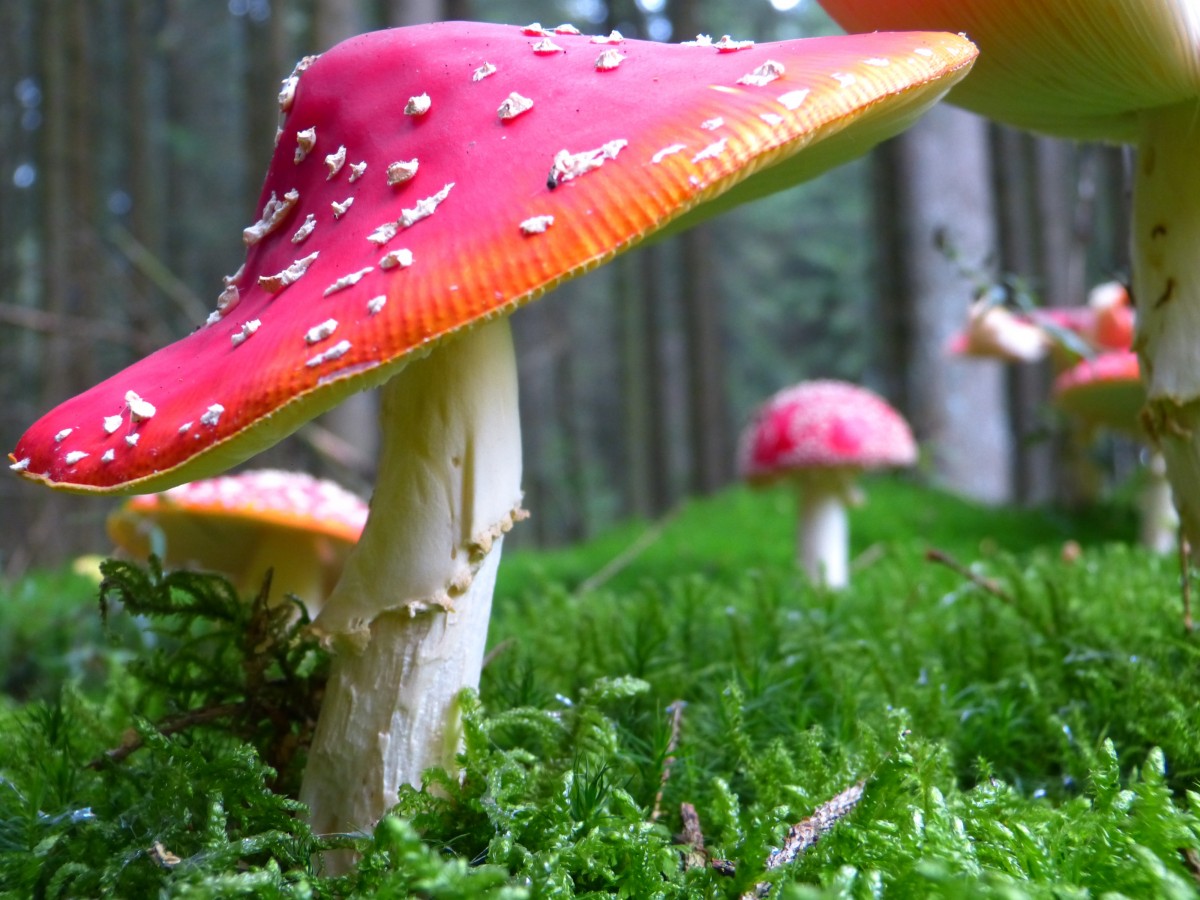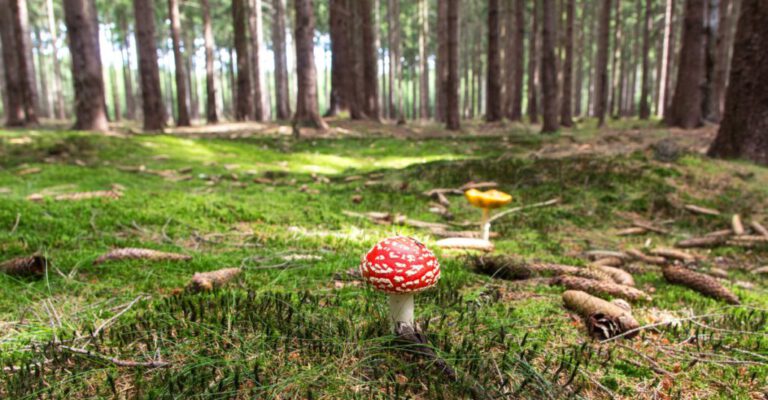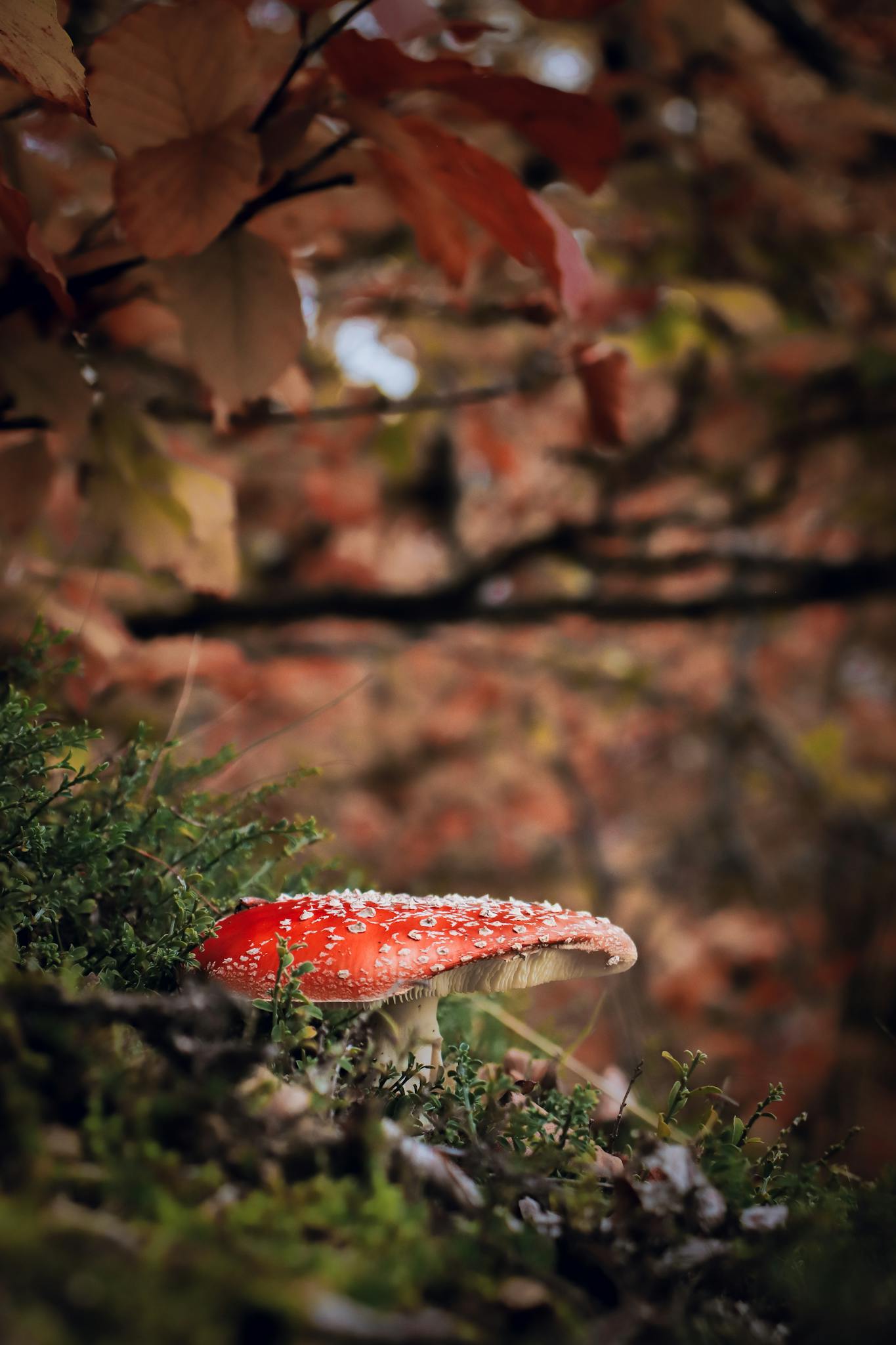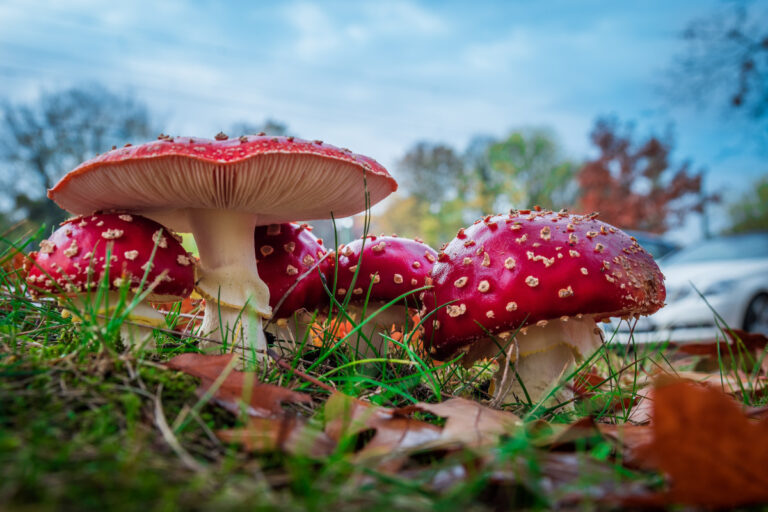Red Mushrooms, White Snow, and Sacred Ritual in Siberia
In the deep forests and tundra of Siberia, amid drifting snow and whispering pines, the red-capped Amanita muscaria (fly agaric) plays a curious role in the spiritual world. Indigenous shamans, especially among peoples like the Koryak, have long regarded the mushroom as a sacred tool for crossing thresholds between the human and spirit realms
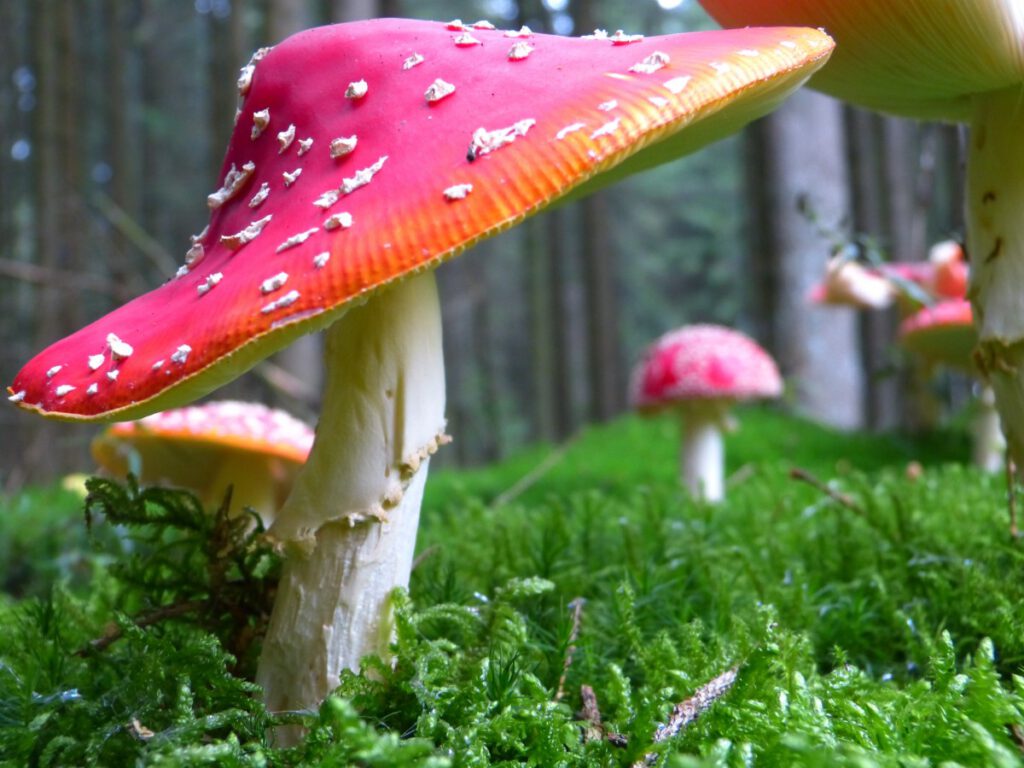
Reindeer as Spirit Guides
For the Koryak and other Siberian peoples, reindeer were more than animals of survival. They were partners in the sacred use of Amanita. Shamans discovered that when reindeer ate the mushroom, their bodies metabolized some of the toxins while leaving the psychoactive compounds intact. The result? Urine that still carried muscimol’s visionary effects but with fewer unpleasant side effects. Shamans – and sometimes whole communities – would drink this reindeer urine to enter trance states, believing it offered a cleaner, safer route into the spirit world.
Reindeer, intoxicated themselves, were said to stumble or leap as if flying – imagery some anthropologists connect to later myths of flying reindeer and Santa Claus.
Shamans and the Gift of Flight
Shamans turned to Amanita muscaria as a tool for leaving ordinary reality. Through drumming, chanting, and mushrooms, they sought visions, guidance, and healing. Myths tell of Big Raven, a primordial shaman who consumed the mushroom, gained spiritual power, and shared it with humanity. The mushroom became a divine gift, a way to bridge the worlds of humans, animals, and spirits.
In rituals, a shaman might eat the mushroom and then pass his own urine to others, spreading the visionary experience through the community. This practice wasn’t considered strange but sacred – a circulation of spirit and strength.
The High Cost of Magic
Because the mushroom grows only in certain seasons and places, it was a precious commodity. Some accounts describe Amanita caps as valuable items of trade, even luxury goods. Those who couldn’t afford them often relied on second-hand experiences – drinking the urine of wealthier shamans or reindeer. In this way, Amanita wasn’t just a spiritual tool but also part of a social economy, where power, access, and prestige were negotiated through red and white fungi.
From Siberia to Storybooks
Today, these traditions survive only in fragments, preserved by ethnographers and oral history. Yet the echoes live on. The red-and-white imagery of Christmas, the flying reindeer, the shaman in his winter robes – all may trace threads back to Siberian nights where firelight, reindeer breath, and the visions of Amanita muscaria shaped a culture’s connection to the sacred.

